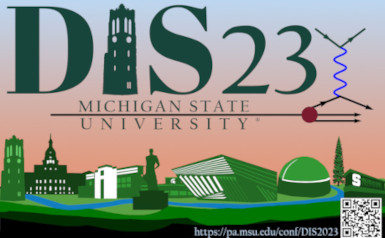Speaker
Description
The future electron-ion collider (EIC) will provide the first electron-nucleus collisions for a variety of nuclei species with high luminosity, wide kinematic coverage, and excellent detector resolution, providing new insights into cold nuclear matter effects and transport phenomena. As jets are an accurate proxy of the struck quark that traverses the nucleus, the signature of the nuclear interaction is imprinted into its structure. Recently, driven by significant theoretical advances, an exciting program has been launched to reframe jet substructure in terms of multipoint correlation functions of energy flow operators used to study the dynamics of jets, with many interesting phenomenological applications. In this talk, we explore energy correlators as jet substructure at the EIC and demonstrate how various energy and length scales of the nucleus are cleanly imprinted on the structure of correlations within the jet. Using the eHIJING event generator, we study the 2-point energy-energy correlator (EEC) in various electron-nucleus collisions such as e-C, e-Cu, e-Au, and e-U at the EIC energy. We demonstrate that a clear modification is seen with respect to the electron-proton baseline. In addition, the magnitude of the modification shows a clear nuclear size dependent trend, which can be used to test our knowledge of jet-medium interactions with high precision. This work initiates the exciting program to study in-medium jet evolution and hadronization with EEC and to use higher-point correlators to map out a more differential picture of the structure of the nucleus.
| Submitted on behalf of a Collaboration? | No |
|---|
